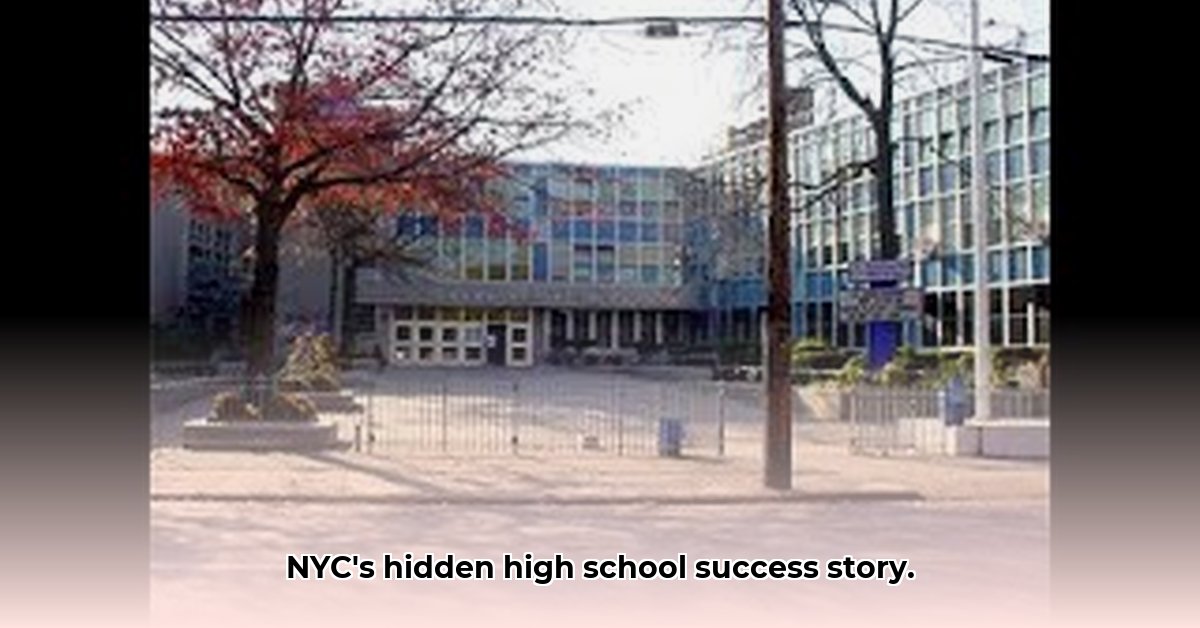Origins High School, nestled in the vibrant tapestry of Brooklyn, New York, embodies the dynamic interplay of potential and challenge inherent in urban education. This comprehensive analysis delves into the school’s unique landscape, examining its strengths, confronting its weaknesses, and charting a course toward sustained improvement and equitable outcomes for all students.
Embracing Diversity, Confronting Disparities
Origins High School cultivates a rich multilingual environment, with students representing 24 languages, fostering a global perspective within its walls. This diverse student body contributes to a vibrant learning community, offering a unique educational experience. The school’s dedicated faculty demonstrates a strong commitment to student success, creating a supportive and inclusive atmosphere where every student feels valued. The emphasis on writing, research, and public speaking skills equips students with essential tools for academic and professional success in an increasingly complex world.
However, this diverse environment also presents challenges. Origins High School faces persistent socioeconomic disparities, with a significant percentage of students from economically disadvantaged backgrounds. These disparities, coupled with below-average standardized test scores and a lower-than-average AP participation rate, underscore the critical need for targeted interventions and strategic resource allocation.
Bridging the Gap: Expanding Access to Advanced Learning
A key area for improvement lies in expanding access to advanced learning opportunities, particularly Advanced Placement (AP) courses. These rigorous college-level courses provide students with a distinct advantage in college admissions and future academic pursuits. The correlation between AP participation and college success underscores the importance of ensuring equitable access for all students, regardless of socioeconomic background.
To address this disparity, Origins High School must implement a multi-pronged approach:
- Targeted Support Programs: Develop comprehensive support systems, including tutoring, mentoring, and academic counseling specifically designed for economically disadvantaged students.
- Increased Course Offerings: Expand the range of AP courses offered to cater to diverse academic interests and provide more options for students seeking advanced learning.
- Financial Assistance: Offer financial aid for AP exam fees, removing a significant barrier for low-income students and leveling the playing field for access.
- Early Intervention and Guidance: Implement early college awareness and guidance programs to encourage students to consider and prepare for advanced coursework.
Rethinking Discipline: Restorative Practices and Equitable Outcomes
Origins High School has embraced restorative practices as a means of addressing disciplinary issues and fostering a positive school climate. This approach prioritizes repairing harm, building relationships, and promoting accountability within the school community.
However, the true measure of success lies in data-driven evaluation. A comprehensive analysis of disciplinary data, including suspension rates disaggregated by race and socioeconomic status, is essential to assess the efficacy and equity of restorative practices. This data-driven approach will enable the school to identify areas for refinement and ensure that these practices are contributing to a more just and inclusive school environment.
To maximize the impact of restorative practices, Origins High School should:
- Invest in Professional Development: Provide ongoing, comprehensive training for all staff on culturally responsive and trauma-informed restorative practices.
- Community Engagement: Foster strong partnerships with families and community organizations to create a network of support and extend the reach of restorative practices beyond the school walls.
- Continuous Improvement: Establish a system for ongoing monitoring and evaluation of restorative practices, using data to inform adjustments and ensure long-term effectiveness.
Charting a Course for the Future: A Collaborative Approach
Origins High School possesses significant potential for growth and transformation. By embracing a collaborative, data-driven approach, the school can create a more equitable and enriching learning environment for all students.
This roadmap for the future requires a concerted effort:
- Strengthened Support Systems: Provide comprehensive academic and social-emotional support tailored to the unique needs of economically disadvantaged students.
- Enhanced College and Career Readiness: Equip all students with the knowledge, skills, and resources necessary to pursue their post-secondary goals, whether college or career-focused.
- Family and Community Partnerships: Cultivate strong relationships with families and community organizations to create a robust support network for students and their families.
- Data-Driven Decision-Making: Utilize data analysis to inform all aspects of school improvement, track progress, and ensure accountability at every level.
By embracing these strategies, Origins High School can unlock the potential within its diverse student body, empowering them to achieve academic excellence and become engaged, contributing members of society.
- Find the Perfect Easter Event Near You: 2025 Guide - April 30, 2025
- Grow Gorgeous Pink Plants: A Complete Guide - April 30, 2025
- Grow Pink Flowers Sustainably: A Guide for Success - April 30, 2025
















